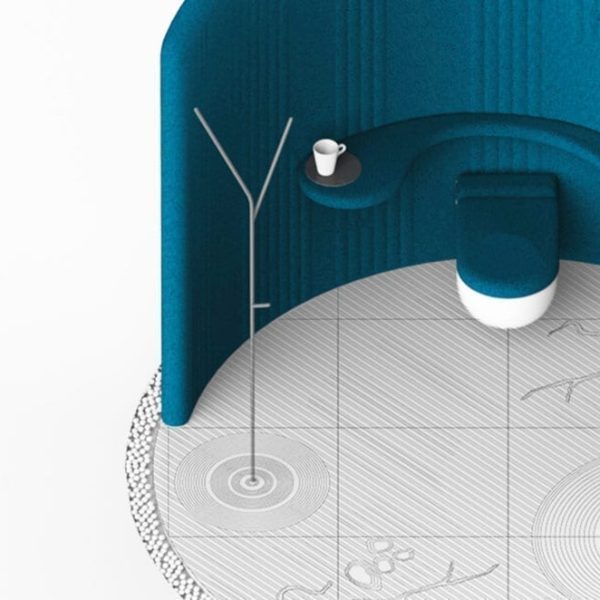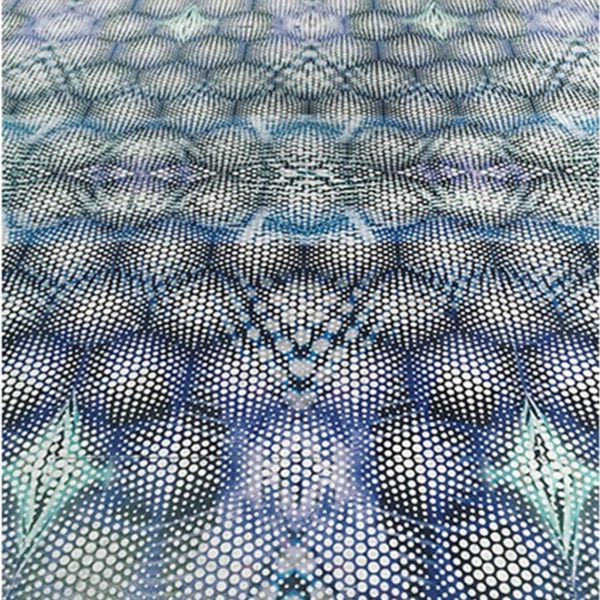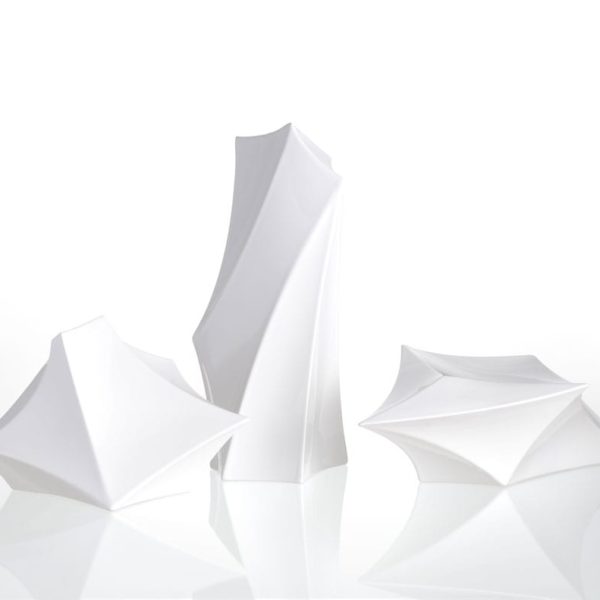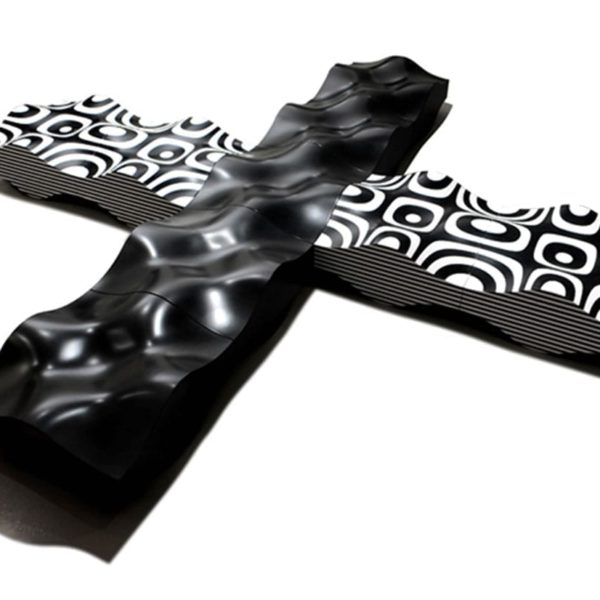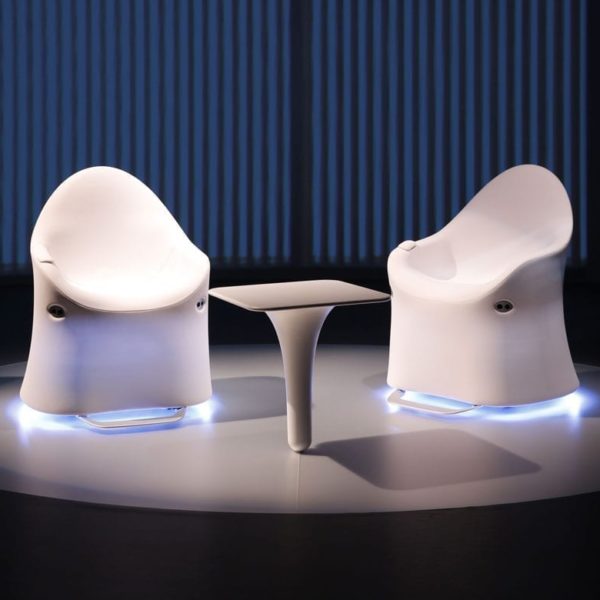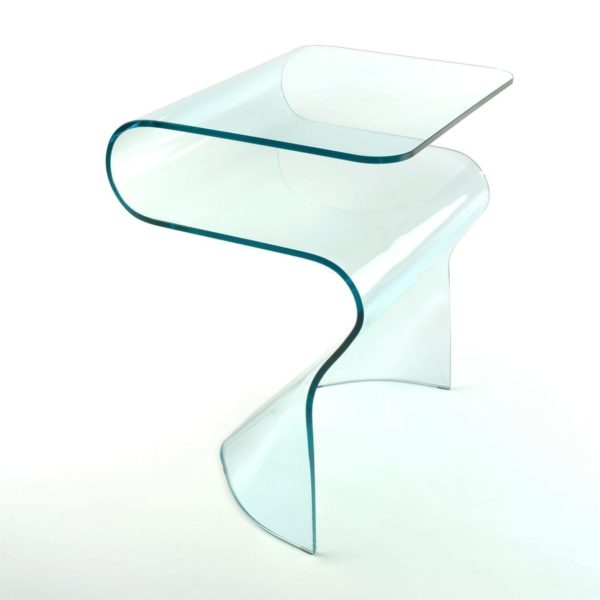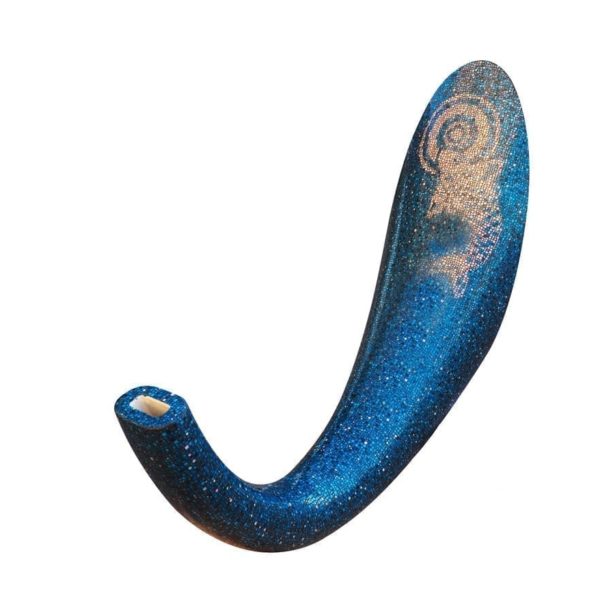Interviews

Techno-Nature | by Alessandra Coppa
Japanese designers Setsu and Shinobu Ito, who work together in Milan, follow a design approach based on the relationship between human beings, nature and technology and share a fascination with Italian design.
Japanese designers Setsu and Shinobu Ito are one of the most interesting couples in the world of contemporary design.
Sharing a fascination with Italy, after training in Japan they moved to Milan where they have lived and worked together since 1997. Both are prevalently product designers but they also work in the fields of interior and exhibit design and small-scale architecture.
Devoting equal attention to technology and nature, right from the start of their careers they were able to establish a deep connection between humans and the space that surrounds them through the objects, packaging and furnishings that they design.
Their design philosophy is centred on the user-object-environment interaction and the dynamism of transformations in time and space. The concepts of change, movement and rhythm incorporated into their projects create tactile sensations, gestures and emotions.
Nature and Relationships are frequently recurring concepts.
The constantly-changing relationships between objects and people provide the inspiration behind the concept of “action design”. Setsu and Shinobu Ito adopt an anthropological approach to design based on sensations of calm and flexibility of change.
This means that objects themselves – and likewise the subject – are not the main target of their investigations. What is most important to them is the relationship with situations, the way in which things are used in different circumstances and over time.
“We want to formulate new concepts that are more closely in contact with our deepest identity and reflect each individual’s inner nature. Rather than designing objects with mere aesthetic and functional value, we focus on the act that takes place around these objects. We explore interpersonal relationships, the links between individuals and society, the interaction between user and object, between user and environment.”
How did you reach this equilibrium in the way you design and work together? Did you find it difficult to reconcile Japanese and Italian design culture?
Your teachers have included Alessandro Mendini and Angelo Mangiarotti…
Setsu: I was born in southern Japan, but from 1968 to 1970 while I was still a child my father – who is a sculptor – spent a long time in Carrara and Rome to study marble and sculpting techniques. After I had graduated in design and architecture from the university of Tsukuba, it was he who advised me to come to Italy – a country that was a legend for us young Japanese designers, with the likes of Scarpa, Albini, Ponti, Castiglioni, Magistretti and then the revolution of Sottsass and Mendini. I was lucky because for six years I was able to work in the studios of two great designers: first Alessandro Mendini and then Angelo Mangiarotti.
To me these seem to be two fundamental but contrasting experiences: on the one hand colour and postmodern design and on the other the close relationships between materials and structures.
Setsu: Mendini’s complex projects are at once shocking and profoundly consistent. Under Mangiarotti, on the other hand, I learned devotion to materials, rigour, measure and calculation.
When I left university in Japan I was fascinated by Italian media and movements, especially the Alchimia group with Ettore Sottsass. It was another world, outside our conceptual framework, but I was deeply curious about what was going on. I wanted to gain international experience, I didn’t want to stay in Japan. After arriving in Italy in 1989 I had a wonderful work experience at Alchimia. My friendship with Mendini has been very stimulating and still continues today. I find that Mendini has both kindness and depth. Immediately after that I worked with Mangiarotti, who is totally different as a teacher. These opposing visions were fundamental for me to find my way as a designer.
Shinobu, you arrived later. In Japan you developed a special sensibility for fabrics…
Shinobu: I was born in Tokyo and graduated in Textile Design at Tama Art University where I explored the structural and three-dimensional aspects of fabrics. From 1988 to 1995 I worked at the Sony Creative Product R&D centre where the Playstation was developed, then in 1996 I came to Italy to attend Domus Academy. I wanted to experience different worlds and get to know Italian design, which seemed to me to be fresher and less predictable. Setsu was a tutor at Domus Academy and it was there that we met. We got married and now work together. Angelo Mangiarotti was our best man.
In the introduction to a book on your work (V. Briatore, Setsu e Shinobu Ito, east-west designer, Logos, 2008), Angelo Mangiarotti writes: “The difference between my generation and his (referring to Setsu) is that I start out from the material, he from the idea. I begin with cardboard and stone and try to discover its strengths, weaknesses, costs and limitations. In the end he tired of it… Perhaps it’s better that way, because someone who only knows ceramic in great depth ends up doing nothing else.”
So ceramic is a kind of metaphor for the oriental vision of design, closer to thought than material…
Setsu: I tried to explore the purity of design in terms of materials and form, an endeavour in which Mangiarotti played a vital role. I believe that Mangiarotti’s vision of architecture and design is very close to Japanese culture. In Mangiarotti’s view, a project consisted of essential elements such as the column-beam combination, which is very similar to the oriental vision of structure. He had a strong affinity to Japan because our culture is closely linked to natural materials such as ceramic and wood. There were 15 Japanese designers at his practice and he made more than 50 trips to Japan. We continued to see him even after leaving his firm.
Despite all the years you have been in Italy, your way of working always displays two aspects of Japanese culture: nature and above all the “relationship” between things. Every object seems to find its raison d’être solely in relation to other things and in its use by people. Yours are objects with unstable, open forms which strive for completeness and can only exist if they are used.
Shinobu: Yes, I think that’s true. Our approach to design can be defined as “naturalistic” in the sense that a designer feels immersed in nature like a small figure; we humans are ourselves part of Nature. So when we create something, these objects must be part of everything, of the environment. Nothing is an end in itself. However, an object must relate to the environment in a nonaggressive way. Our projects are informed by a desire to experience the tactility and scent of nature. In Japan we believe that every natural material has a god and a soul. In ancient Japan, things were created in harmony rather than in conflict with nature. Today we want to review man’s relationship with nature. We want to get closer to nature, to feel and touch it through objects, furniture and spaces created with natural and sustainable materials.
How do you succeed in reconciling this “natural culture” of objects with technology?
Setsu: In the last twenty years Japan has been a leader in technology and we have seen an excessive use of technology in design. We’re stressed out by technology.
However, we believe that design should adopt an approach to technology that is as “natural” as possible, in other words it should not be seen.
For the Toyota group company Aisin we developed a seemingly elementary sofa, aimed in particular at elderly and disabled users, that has sensors to enable it to perform specific functions and to interact with the home automation system. It is natural and instinctive to operate. We believe that the future of robotics lies not in strange humanoids but in a comfortable chair with incorporated video camera for talking on the phone and for controlling the home. For the same group we have also designed smart furniture and a bed with sensors that respond to the body’s movement but do not look high tech.





